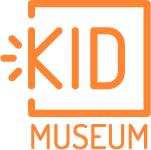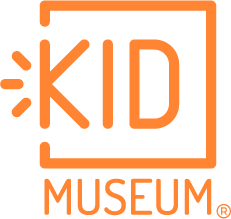Can STEM (Science, Technology, Engineering and Math) help us become better athletes? Meet the women who dedicate their careers to improving athletic performance through STEM. Then design an invention of your own that uses technology to help athletes perform, practice, or recover better.
maker playground
sports x stem | middle school
explore
STEM is helping athletes to achieve greater success on the field, court, ice, and snow worldwide. Technology is used by individual athletes, coaches, and teams at all levels of sports to measure performance, train smarter, and recover faster.
Kirsten Tulchin-Francis combines her interest in sports, science, and math as an engineer and biomechanist to improve how children move, in daily life and during sports.
Tiffany Kelly is a sports data scientist and entrepreneur who created a company dedicated to helping athletes produce their own media and sports analysis.
US Women’s soccer is a powerful force in sports today. The team won the past two World Cup championships. Meet Monica Rho, the doctor of sports medicine for the US Women’s National Soccer Team.

imagine
What sport are you passionate about? Maybe you’re a competitive athlete, or maybe you love watching sports on TV. Either way, technology can improve the experience for athletes, coaches, and fans alike.
If you could design a new technology to improve how you experience of your favorite sport, what would you create? Your invention can be anything: an improved piece of equipment, a wearable device, an app for analyzing data, or anything else you can imagine. How would your invention help athletes, coaches, or sports fans?
- Who would be the user of your invention? How would they use it?
- What technology will your invention use?
- How will your invention collect and communicate important information?
Need some ideas? Check out how these amazing women are using technology to support athletes:
- Dr. Monica Rho helps some of the world’s best athletes, the US Women’s National Soccer Team, prevent and recover from injuries.
- Biomechanical engineer Sarah Wilson has helped Olympic rock climbers improve performance using data from sensors to measure electrical activity during climbing.
- Kristen Tulchin-Francis uses technology to help kid athletes return to sports after concussions and ACL injuries.
create
Now that you have imagined your device, it’s time to create a prototype of your technology. There are many ways to do this — you can create a sketch of build a model of what your device will look like.
You can also use Microsoft’s MakeCode to create a simulation of how your technology would work. (If you have a Micro:bit, you can program it using MakeCode!)
MakeCode also has many example projects you can explore to help spark ideas, like this step counter. We’ve made some tutorial videos to help you get started.
Don’t forget to share your work by emailing photos, videos, and files to socialmedia@kid-museum.org. Include the first name and age of the designer along with a description of your design for a chance to be featured on KID Museum’s website or social media!

